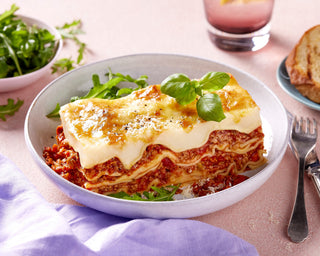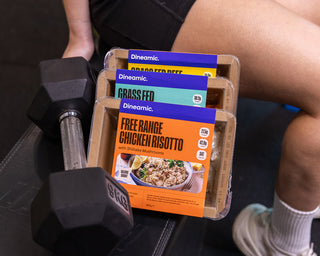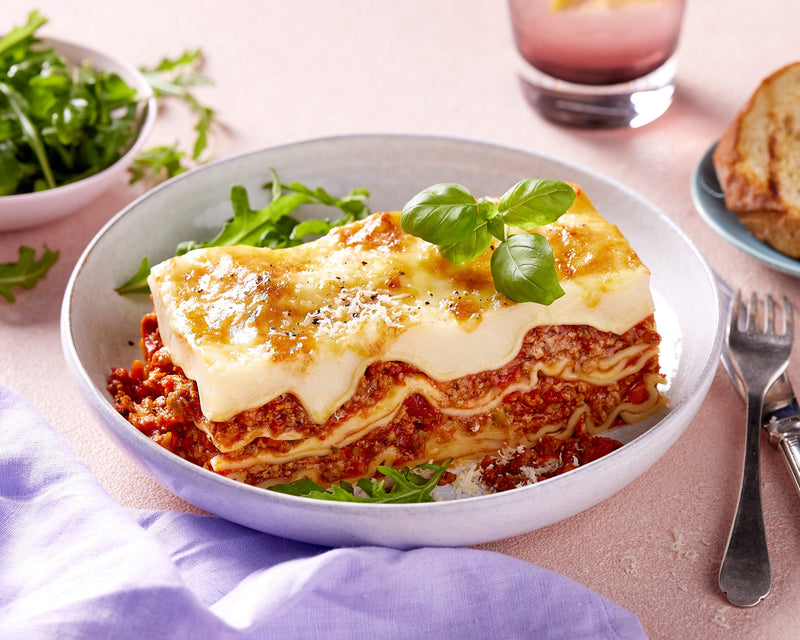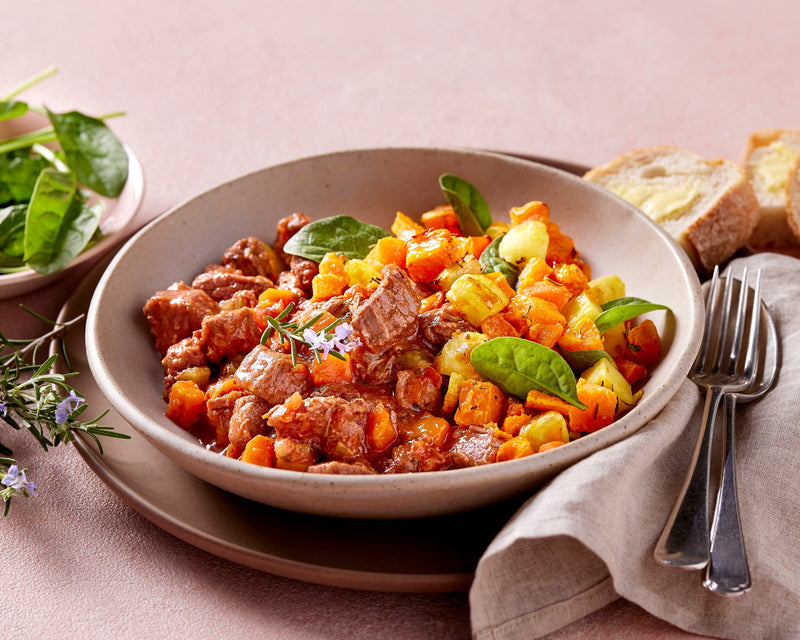
HOW MICROWAVES WORK
Here’s the short version - microwaves use electromagnetic radio waves that target water and other molecules in food making them vibrate rapidly which causes friction that gives off heat. Simple!
MYTH 1: IT ZAPS THE NUTRITIONAL QUALITY OUT OF FOOD
Numerous studies have researched the effects of microwaving foods and many have come out with similar conclusions; there really isn’t much of a difference nutritionally compared to other methods of cooking. In fact, some have even found higher retention of nutrients because of the shorter heating time.
Just a glimpse of the evidence:
- Microwaved chickpeas had less vitamin B loss compared to boiling and pressure cooking, and there is even some retention of essential amino acids.
- Antioxidant activity remained unchanged after cooking in selected green vegetables (peas, broccoli and green beans). NB: This is debatable as other studies have found it can cause negative effects on antioxidant properties, though others could argue the water used in this study was much higher than what you’d use at home anyway.
- Microwaving was found to be favourable compared to boiling as it leaches out less vitamin C (one of the more temperamental vitamins out there).
MYTH 2: MICROWAVING IS NOT SAFE FOR YOU
Spoiler alert, there is no evidence that microwaves cause any health effects if used correctly within the manufacturers instructions and if the microwave is not damaged or broken.They also don’t make food radioactive or make changes to the food that aren’t made through other cooking methods as well. Lastly, said by the Cancer Council themselves microwave ovens do not cause cancer.
The only real downside to microwaves is that it can sometimes heat meals unevenly which can be a concern if microorganisms survive that can cause food spoilage or send you running to the loo. That’s why its always important to follow the preparation instructions on packaging. Stirring the product intermittently can also make sure uniform temperature is reached throughout the food.
MYTH 3: YOU CAN’T MICROWAVE EGGS
Certain non-porous surfaces or those that heat at different rates (i.e. the egg) can heat unevenly and well… explode. This is because steam builds up faster than an egg can let it out through its shell. Best advice? Learn from the mistakes of my 10-year-old self and make sure you remove the shell first otherwise you’ll be left with an eggy mess.
MICROWAVE BEST PRACTICES
- Reheat large portions by dividing into smaller portions to allow for even cooking
- Be sure to defrost food prior so that the food can heat up more evenly (that’s because water is better absorbed by microwave energy compared to ice). This may also be better food safety wise to make sure all microorganisms are effectively killed. Don’t fret too much however as the shorter more effective cooking time is favourable compared to other cooking methods as food tends to stay out of the ‘danger zone’ temperatures for a prolonged period (5oC and 60oC).
- Certain plastics shouldn’t be microwaved unless specified so it is best that they don’t physically touch the food. High temperature microwaving of some pliable plastics is enough to migrate chemicals into the food at high temperatures. This is why specific microwave-safe containers exist, just like the food-grade packaging we use here at Dineamic that makes our meals compliant with FDA, CFIA and EC regulations so you can rest assured we’ve got this covered.
- Lastly, follow the instructions on the packaging, there’s a reason why it’s there – don’t go microwaving your cottage pie for 45 minutes & wonder why it’s burned to a crisp.










